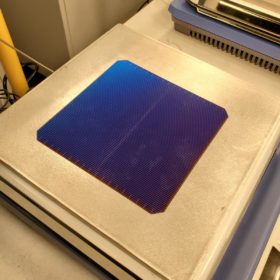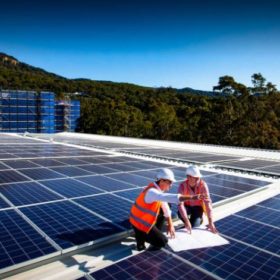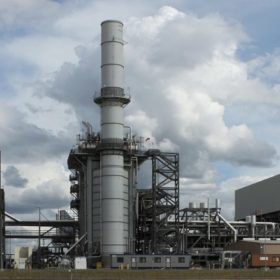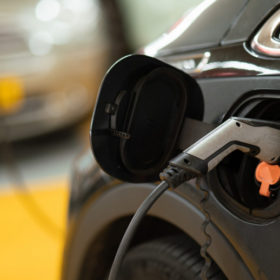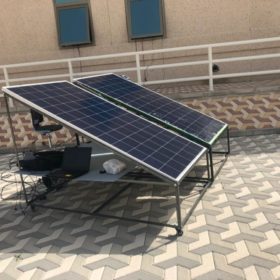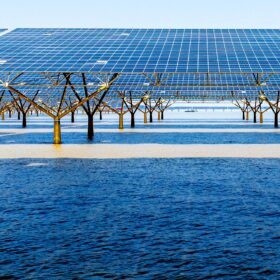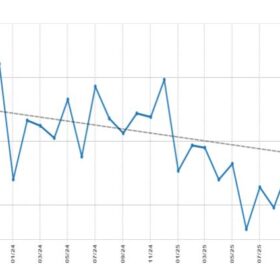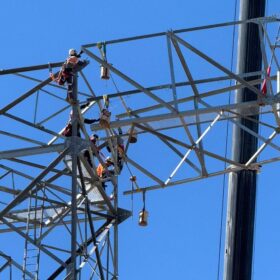ANU researchers go round the twist with latest ultra-thin solar discovery
Researchers at The Australian National University working on the photovoltaic potential of ultra-thin 2D materials have made an interesting discovery, the ability of these diaphanous materials to generate solar energy can be controlled by a mere “twist”.
AEMO’s 2021 IASR sets new scenarios and ambitions for Australia’s solar industry
Solar PV is an important contributor to all energy scenarios presented in AEMO’s latest “Input, Assumptions and Scenarios Report,” but what’s the best possible outcome it can enable?
Aussie startup invents breakthrough non-toxic battery electrolyte that’s cheaper ‘by factor of 100’
It’s a breakthrough so staggeringly simple the patent office needed convincing it counted as an invention. In what Professor Thomas Nann jokingly told pv magazine Australia basically equates to adding dishwashing liquid and oil to water, he and two of his former PhD students have unlocked the potential of water-based electrolytes for batteries, promising a solution that is cheaper, easier to manufacture and non-toxic. The startup plans to initially use the formula in supercapacitors before exploring it in conjunction with redox flow batteries.
The sunlight that powers solar panels also damages them. ‘Gallium doping’ is providing a solution
Solar power is already the cheapest form of electricity generation, and its cost will continue to fall as more improvements emerge in the technology and its global production. Now, new research is exploring what could be another major turning point in solar cell manufacturing.
Wollongong Uni to host renewable energy focused training centre
The University of Wollongong has secured $5 million in federal government funding to establish a renewable energy focused training centre which will address the “complex and challenging issues” currently limiting the growth of renewables, including solar PV and wind energy in Australia.
Hydrogen-fired gas turbines vs. lithium-ion storage
According to a new study from the Massachusetts Institute of Technology, hydrogen-fired gas plants will compete with lithium-ion storage for seasonal storage and their competitiveness will strictly depend on the heat rate of the gas power plants they may replace.
ANU opens new lab dedicated to testing distributed energy resources
The Australian National University today opened its Distributed Energy Resources Lab, dedicated to researching and testing technologies including batteries, solar panels and electric vehicles which it says will “underpin the energy grids of the future”.
Solar module cooling techniques for harsh climates
Saudi scientists have tested several cooling technologies for solar panels and have found that active techniques work better than passive ones under harsh climatic conditions. The most effective one consists of a system based on four heat pipes immersed in a box of liquid, as liquid bulk, integrated with the back of the solar panel.
CSIRO allocated $5 million for hydrogen research program
The federal government has awarded $5 million to the CSIRO to deliver a hydrogen research, development and demonstration program aimed at strengthening hydrogen knowledge both domestically and in cooperation with our international partners.
Advanced battery and hydrogen research facilities to be built by Victoria’s Deakin University, backed by government funds
Deakin University has received funding for two multi-million dollar facilities, one devoted to advanced battery research and the second for the development of hydrogen technology. The projects’ aims will be to overcome hydrogen’s hurdles and, for batteries, to improve existing technologies while also investigating sustainable alternatives like sodium batteries.



